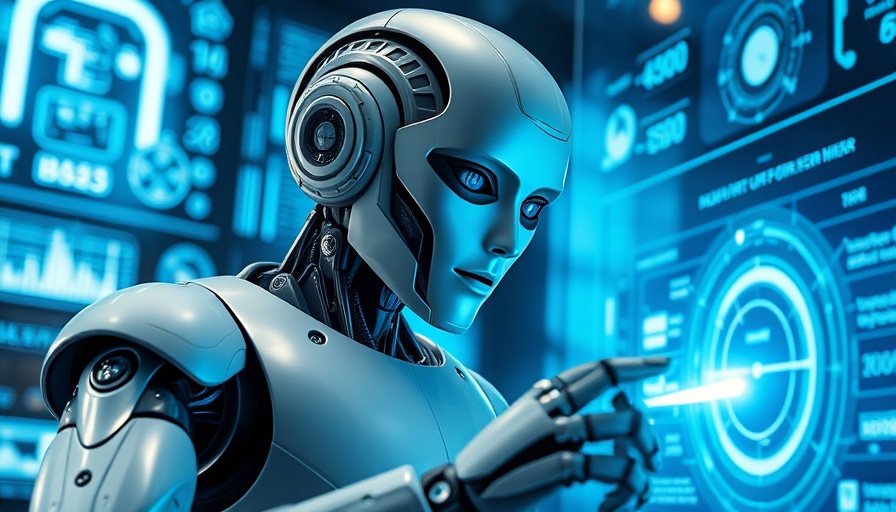
The Future of Robotics: Learning Without Human Intervention
The advancement of technology often sparks a sense of wonder and curiosity, especially when it comes to robotics. A groundbreaking study from the University of Surrey and the University of Hamburg has unveiled a new simulation method that allows robots to train independently, transforming the landscape of social robotics. With this innovative approach, researchers can develop social robots that interact with humans more effectively, without the traditional reliance on human participants during early testing phases.
This simulation not only accelerates research but also enhances scalability, making it easier and faster for robots to learn and adapt in real-world scenarios. Utilizing a humanoid robot, the research team created a dynamic scanpath prediction model, enabling the robots to predict where a human might look in social settings. The success of this model indicates a promising future for robots designed for educational, healthcare, and customer service applications.
The Essential Role of Social Robots in Our Lives
As technology evolves, the role of social robots is increasingly significant. Robots like Pepper, a retail assistant, and Paro, a therapeutic robot for dementia patients, show how robots can positively influence human interaction and care. The recent study's approach not only improves robots' ability to understand social cues but also introduces exciting opportunities for robotic learning.
Revolutionizing Research Methodology: Why It Matters
The shift from human-based trials to robotic simulations is a considerable leap forward. It allows researchers to test and refine social interaction models in a controlled environment, providing immediate feedback and fostering greater innovation. This research methodology could eventually lay the groundwork for AI technology trends that push the boundaries of what robots can achieve independently.
Practical Applications and Future Opportunities
With the integration of advanced technologies and an emphasis on practical applications, this approach can significantly impact various sectors. From improving client interactions in the service industry to providing companionship in healthcare settings, the potential applications for these AI-powered technologies are vast. The future of robotics is not just about autonomy; it’s about enhancing human experiences through effective interactions.
Inspiring a New Generation of Innovators
As we reflect on these technological advancements, one can't help but feel inspired by the innovations shaping our future. The research emerges amid global conversations about tech disruptions and next-gen technology, inviting young innovators and entrepreneurs to explore opportunities in robotics and AI. The future of robotics is bright, fueled by creativity, technological breakthroughs, and a shared vision of improving everyday life.
Step into the Future of Robotics
The ongoing evolution of robots that learn autonomously signifies a pivotal chapter in technological advancement. As this research unfolds, stay informed about how these developments could reshape industries and improve daily experiences. Joining the conversation around emerging tech trends could inspire you to think critically about the role of technology in our world.
 Add Row
Add Row  Add
Add 




 Add Row
Add Row  Add
Add 



Write A Comment